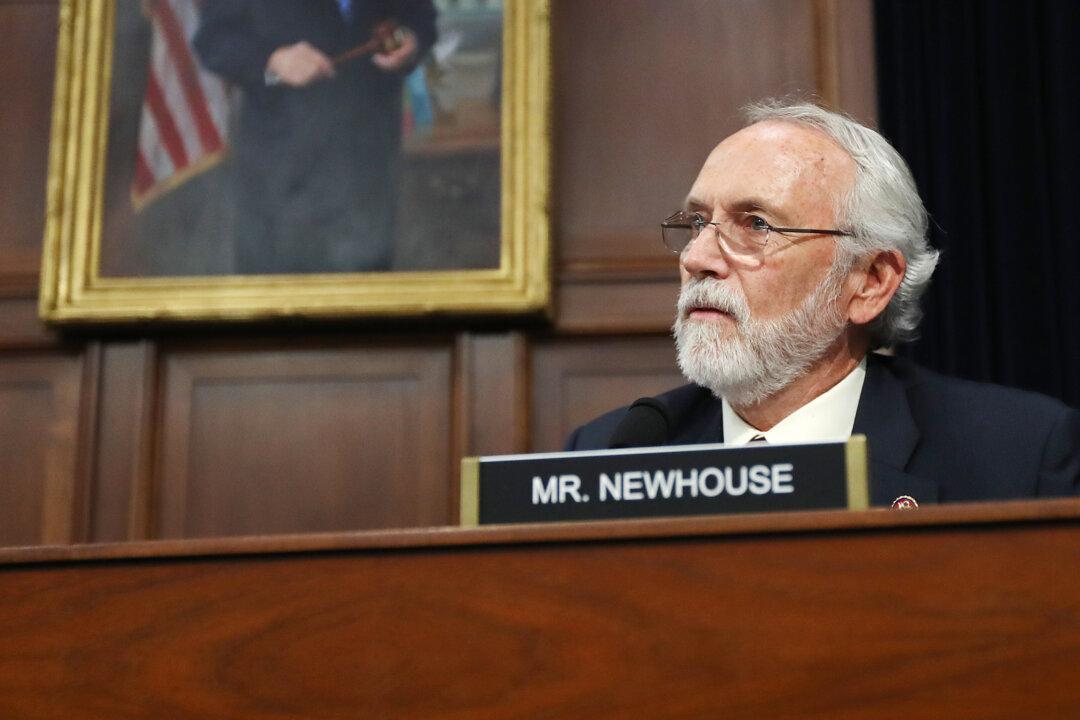The order cites the Trump administration’s policy of removing programs that don’t directly benefit the American people or national interests.
President Donald Trump signed an executive order on Feb. 10 eliminating the Federal Executive Institute, a leadership training center that was established more than 50 years ago.
The
order states that the institute’s removal was driven by the Trump administration’s policy of eliminating, “to the greatest extent permitted by law, executive departments and agencies and programs that do not directly benefit the American people or further our Nation’s interests.”
The order directed the Office of Personnel Management (OPM) to “take all necessary steps” to eliminate the institute and mandated the revocation of all executive branch documents related to its establishment.
Founded in 1968 by President Lyndon Johnson, the Federal Executive Institute offered leadership training to government officials to help them navigate their roles within the government’s constitutional framework. According to the OPM’s
website, the institute has trained more than 30,000 senior federal leaders since its establishment.
However, the Trump administration stated that the “bureaucratic leadership over the past half-century has led to federal policies that enlarge and entrench the Washington, D.C., managerial class,” which it claimed has failed to benefit American households.
The order states that eliminating the Federal Executive Institute is necessary for the government to focus on serving U.S. taxpayers and the Constitution, “rather than serving the Federal bureaucracy.”
“It is the policy of the United States to treat taxpayer dollars responsibly and advance unifying priorities like a stronger and safer America,” Trump stated in his order.
Efforts to Reduce Federal Spending
Since taking office on Jan. 20, Trump has implemented sweeping executive actions on various federal agencies to reduce federal spending and downsize workforce—particularly those involved in the previous administration’s diversity, equity, and inclusion (DEI) initiatives—except for those handling essential duties.One of the executive orders was
aimed at allowing his administration to fire poor performers among the managerial ranks of the 2.3 million members of the career federal workforce. The
executive order, titled “Restoring Accountability to Policy-Influencing Positions Within the Federal Workforce,” is expected to remove many of the civil service regulations and processes that currently make it a costly and time-consuming ordeal to remove a career employee.
A federal judge in Massachusetts on Feb. 10
extended a block on the Trump administration’s deadline for federal workers to accept a buyout offer—a deferred resignation whereby workers would continue receiving payments until Sept. 30. About 65,000 federal employees have signed up for the program as of Feb. 7,
according to the White House. In their court filing, labor unions voiced concerns over the government’s ability to honor the buyout offer.
To help achieve the administration’s goal of reducing federal spending, Trump established the Department of Government Efficiency (DOGE), headed by tech billionaire Elon Musk, to review federal agencies for potential spending cuts and terminations. DOGE’s efforts to access sensitive federal systems have been met with legal challenges from some lawmakers and labor unions.
A federal judge on Feb. 8 temporarily
blocked DOGE from accessing the Treasury Department’s sensitive records in response to a lawsuit filed by 19 attorneys general. Another judge in the District of Columbia
rejected a bid to prevent DOGE from accessing the Labor Department’s confidential systems because of the unions’ lack of legal standing.
DOGE has also sought to dismantle the U.S. Agency for International Development (USAID), the agency responsible for administering U.S. foreign aid and development assistance. USAID
issued a notice on Feb. 4 instructing all direct-hire personnel to be placed on “administrative leave globally” starting Feb. 7, except for those whose work is considered essential.
The agency’s potential termination has sparked concerns over its impact on U.S. influence in global development. Congressional Democrats have
argued that USAID is vital to national security and that ending the agency would harm U.S. foreign policy interests by allowing adversarial nations to fill the gaps in foreign aid.
Mark Tapscott and Sam Dorman contributed to this report.







